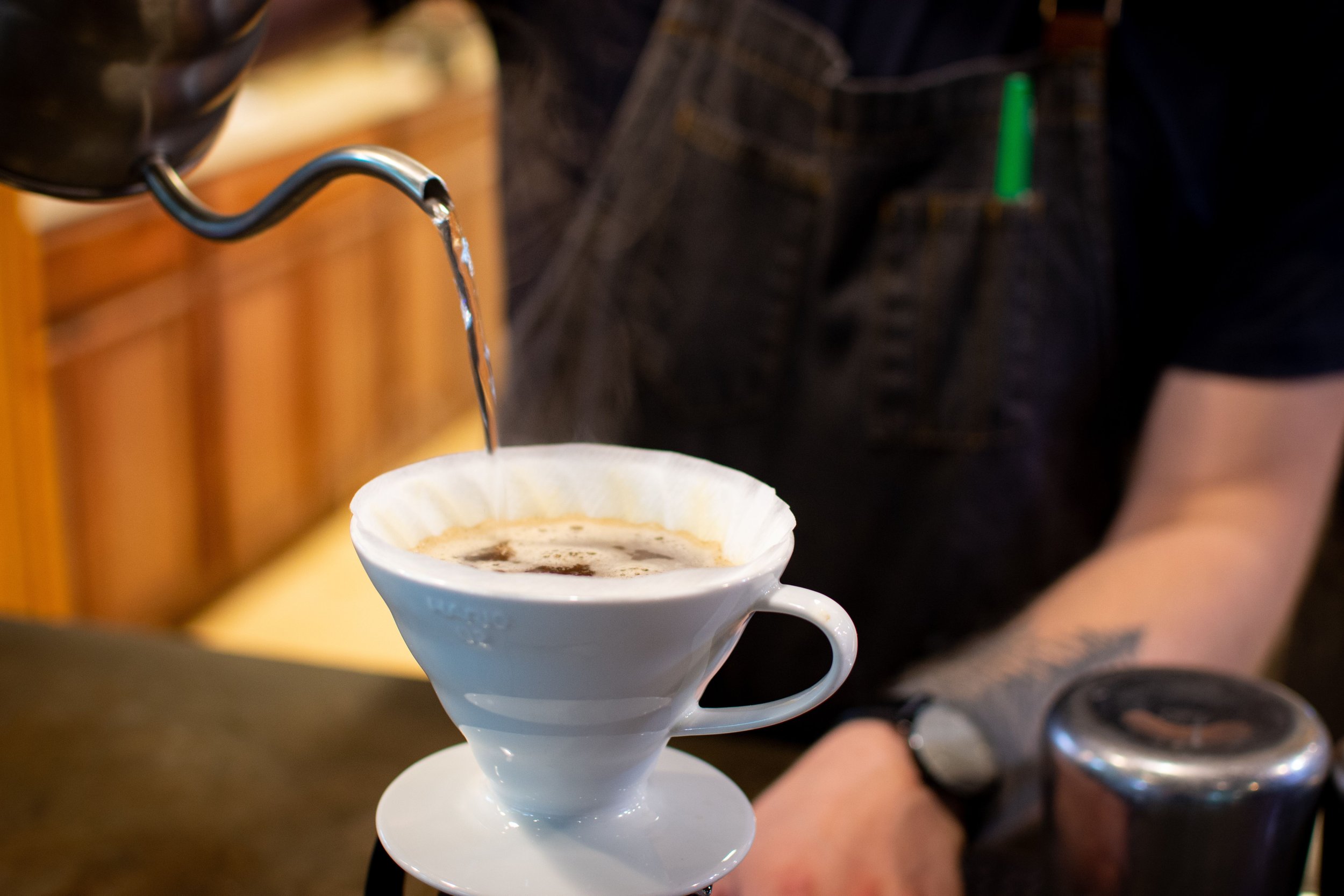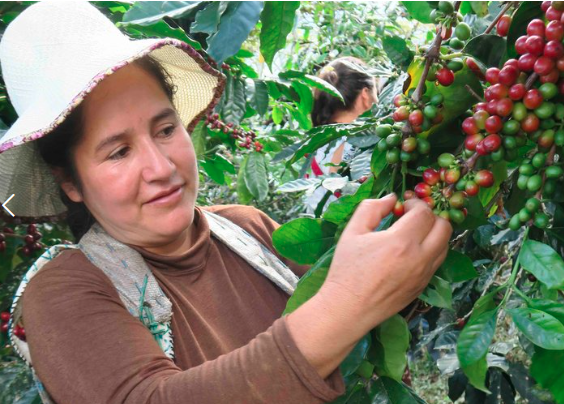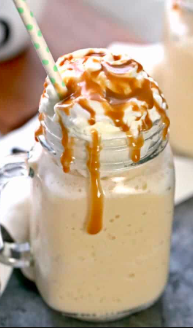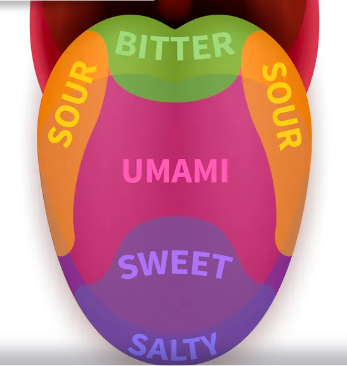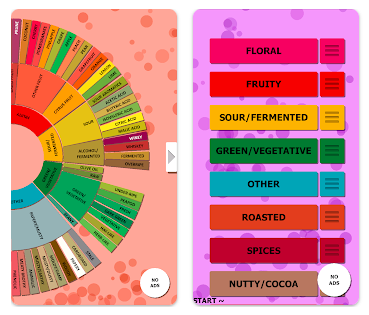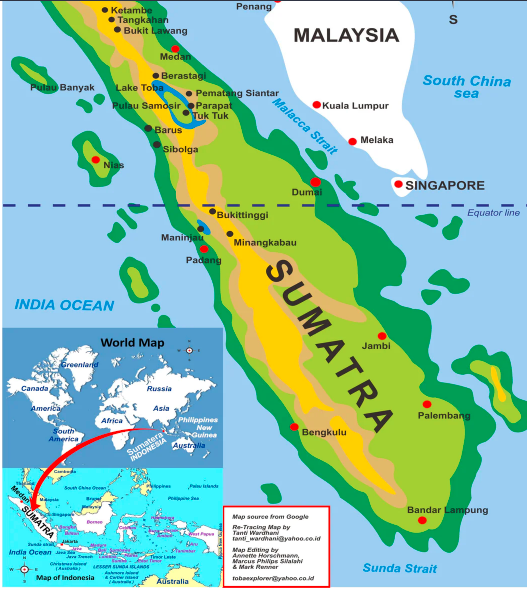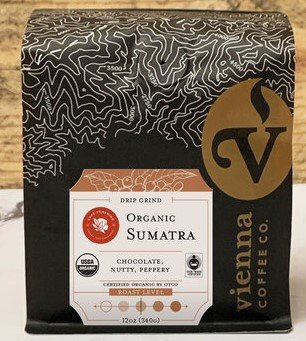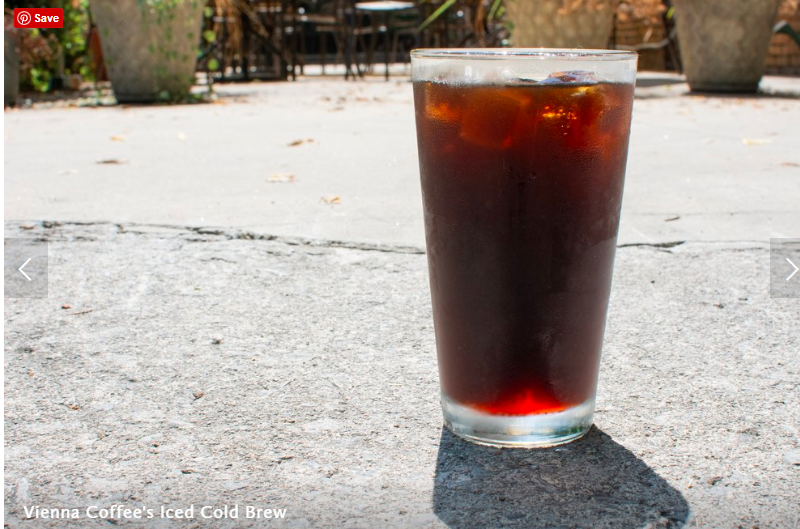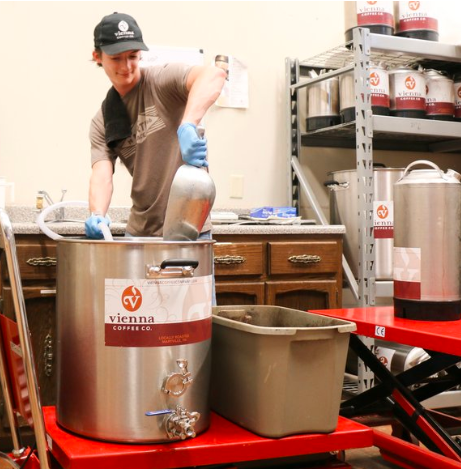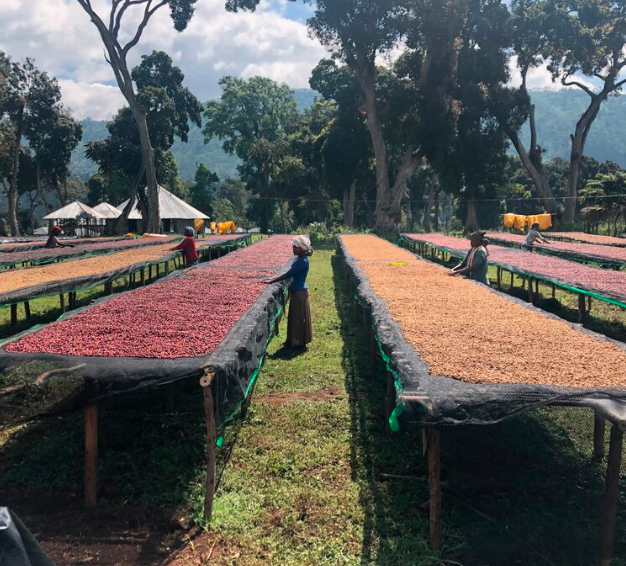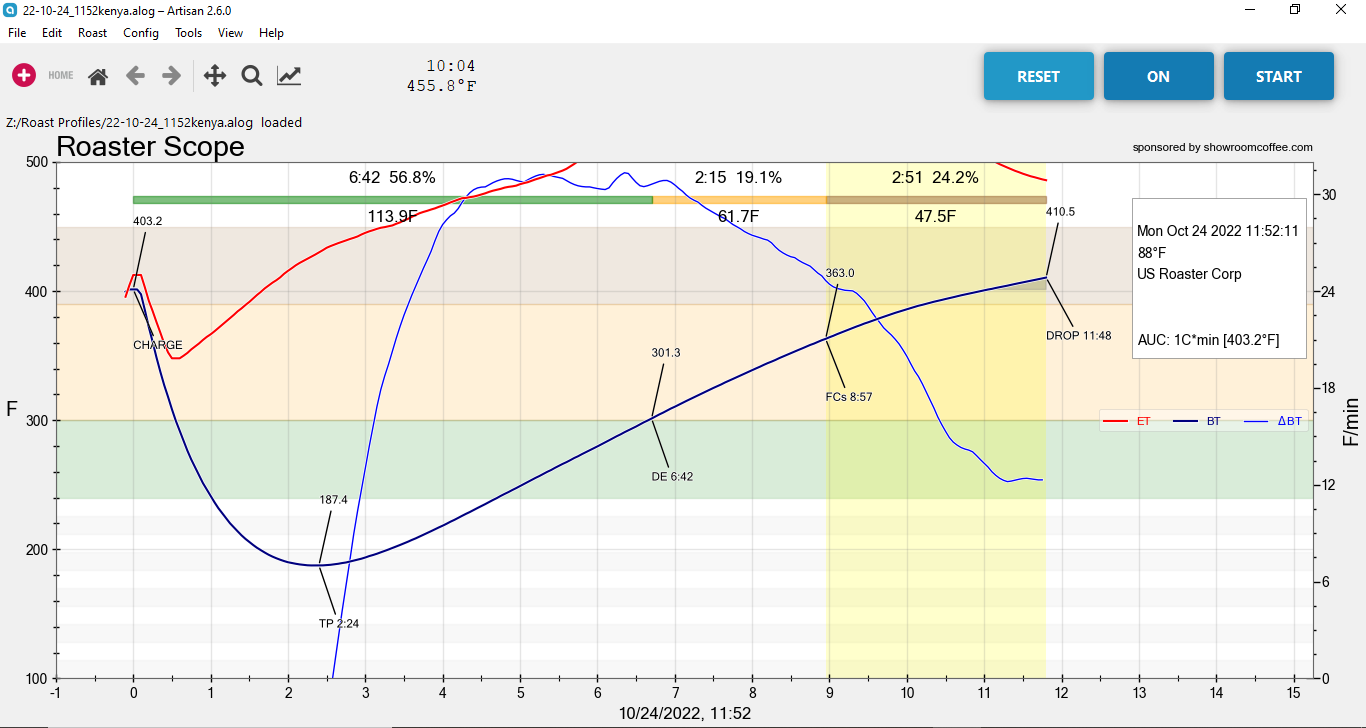Welcome to another edition of For the Love of Coffee, a weekly blog about all things coffee exclusively for the employees of Vienna Coffee Company.
In today’s blog, we’ll briefly discuss the different types of brewing methods and how each can affect the taste of the final brew in the cup.
There are over a dozen different brewing methods, but they can all be put into 3 basic categories:
Drip method
Steeping method
Pressure method
The drip method category includes the standard Auto-Drip coffee maker you would find in most American homes and older-school methods such as Percolators. It also includes Pour Over coffee brewing techniques such as the Hario V60 and Chemex brewers which are basically a manual drip brewing method. The drip method is a popular choice because it is easy and convenient for most people and produces a consistently good brew. The amount of time the water is in contact with the coffee is short and extracts most of the good solubles while limiting the potential for over-extraction. Also, the filter element which comes into play in the drip method helps to provide a cleaner-tasting coffee, typically with a lighter body with less coffee oil present in the final brew.
Pour Over is a form of the drip method where the flow of the coffee is more methodical and controlled.
The Steeped Method includes French Press, Cold Brew, Instant coffee, coffee bags, and the lesser-used Siphon method. Steeping coffee involves keeping the water in direct contact with the coffee for a longer period of time typically resulting in a stronger, bolder more intense cup with a heavier body. In the case of brewing with a French Press, the water is in direct contact with the coffee grounds for approximately 4 minutes. This requires a coarser grind since we do not want to over-extract the coffee and produce a bitter extraction. Using the Cold Brew method can require up to 20 hours of the coffee grounds in contact with the water. The cold water extracts much more slowly producing a very smooth and bold coffee with extra caffeine content because of the higher ratio of grounds to water. Bagged Coffee (ground coffee in a tea-like bag) is becoming more popular for its convenience and we are currently looking into adding this to our offerings here at Vienna! More info coming soon.
The French Press is a great way to produce a strong, flavorful cup with minimal mess.
The last main method is the Pressure method which includes Espresso, Aero Press, Moka Pots, and single-serve pod like the iFill cups. This method requires a fine grind and pressure to push the water through the coffee. In the case of espresso, the coffee has to be tamped down so that it can resist the water being forced through it at 9 atmospheres (bars) of pressure. This resistance is responsible for the extraction of the incredible flavors and aromas that are present in espresso. The fine grind and quick extraction time pull out all of the best elements of the coffee. However, because of the exacting nature of the extraction, getting an espresso shot to taste just right can require some time and experimentation. The Areopress is a more recent method of brewing coffee that has become very popular. It is similar to espresso extraction, but not nearly the same pressure is used. It uses a basic cylinder to steep the coffee grinds for about 2 minutes which are then forced through a small filter on the end by applying pressure with a second tube which creates an air-tight seal with the brewing tube. This method produces a surprisingly rich and robust cup of coffee which you then add hot water to taste.
No matter what brewing method is used the most important element of good extraction is to make sure that you are using fresh-roasted, freshly-ground coffee and good water. Coffee is 98% water and if your coffee is not fresh and your water not good, then it really doesn’t matter what brewing method is used. Also, make sure you use the correct grind size for each method. Using a fine grind in a French Press will always produce an over-extracted brew. There are a ton of resources online which can guide you in what grind to use for each type of brew method. Here is one article from wholelattelove.com that can help you get started.
I hope this article inspires you to try some new brewing methods with your coffee and experience some of the incredible new flavors that each method can bring to your cup!
Your Coffee El-Capitan,
Matt


